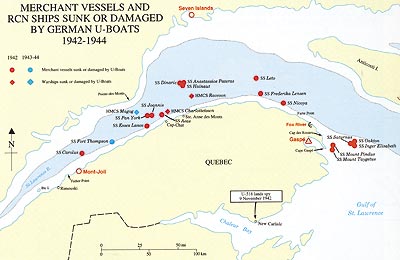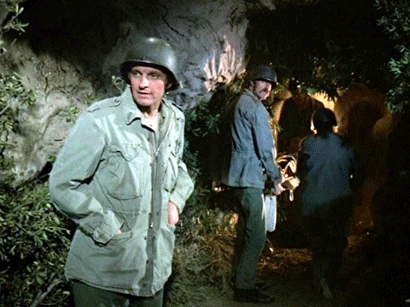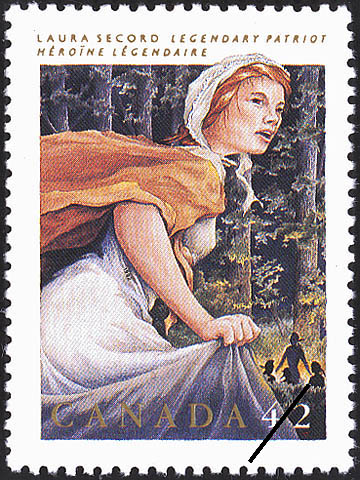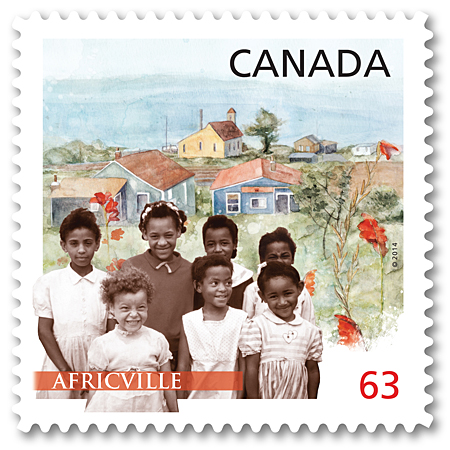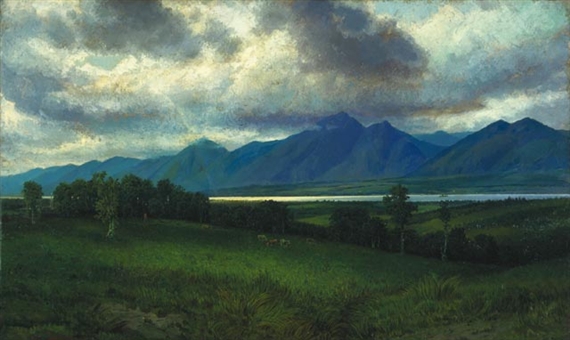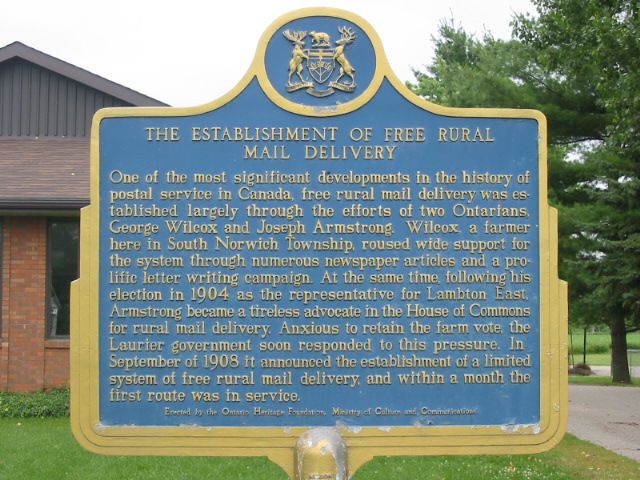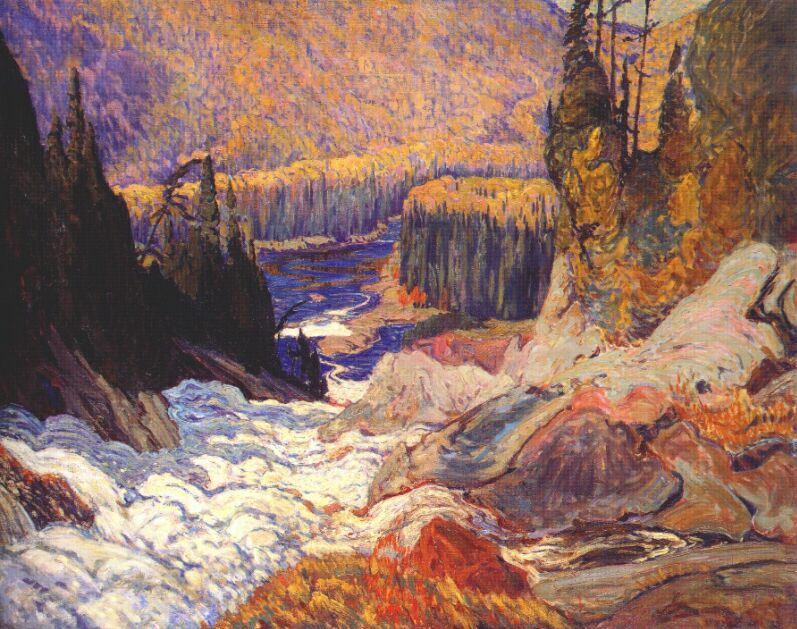One blogger suggested that you could teach a History lesson using Tragically Hip songs. Here is a list of suggested tunes:
1. Fifty Mission Cap
Based on a World War II cap that a pilot received for flying fifty mission successfully, this is a cap that Gordon Downie owned. Inside was a hockey card of Bill Barilko, the one who scored the winning goal to win the Maple Leafs the Stanley Cup in 1951. That summer he went on a fishing trip and disappeared in the Northern Ontario Bush. The plane's wreckage wasn't found for another 11 years, the same length of time it took Toronto to win the Cup again. (https://www.youtube.com/watch?v=JaeRrrtsCqU)
2. At the Hundredth Meridian
The Hundredth Meridian is a line of latitude with separates Central and Eastern Canada from Western Canada. The Hundredth Meridian is where the Great Plains begin. "I remember buffalo and I remember Hengelo" is a line from the song in reference to the glory days of the Plains, filled with buffalo, and the glory days of the band, at a Hengelo, Holland concert filled with fans.
3. Fireworks
This song makes reference to all things Canadian: the Canada Fitness Award Program, hockey legend Bobby Orr and the 1972 Summit Hockey Series in which Paul Henderson scored the winning goal against the Soviets, immortalized in the line "If there's a goal that everyone remembers it was back in ol' '72."
4. Wheat Kings
This song talks about the beautiful skyline at "Sundown in the Paris of the Prairies" (Saskatoon, Saskatchewan) and alludes to convicted murderer David Milgaard who received 20 years in prison for a crime he didn't commit.
5. Looking For a Place to Happen
Traces the history of explorer Jacques Cartier and his journey across Canada.
6. Listen to the Bear
Refers to a bear in Algonquin Park, a famous camping destination for Canadians, immortalized by painters The Group of Seven.
7. Bobcaygeon
Cottage country town Bobcaygeon is the title of their song which mentions looking at the constellations. It also mentions the "checkerboard floors" of the town's Horseshoe Tavern.
Note: My son's birth cousin, Tyler Wilson, is part of a band called "Checkerboard Floors", inspired by the Tragically Hip's reference.
8. The Dire Wolf
The songs talks about Isle aux Morts in Newfoundland.
9. Nautical Disaster
A reference to the World War II Canadian raid on Dieppe in which 4000 of the 4800 soldiers were killed.
10. New Orleans is Sinking
This was written before Hurricane Katrina. You could argue that this song has a Canadian theme since New Orleans was settled by Acadians, of French descent, who were deported from present day Nova Scotia in the 1750's. Known for their cuisine, they became known as Cajuns. If you say the French word "Acadien" quickly, it sounds like Cajun. (https://www.youtube.com/watch?v=LAZUsCONjIQ)
Canada Post issued a stamp commemorating the band in 2013 courtesy http://www.ctvnews.ca/canada/canada-post-unveils-stamps-dedicated-to-legendary-canadian-rock-bands-1.1374855.






